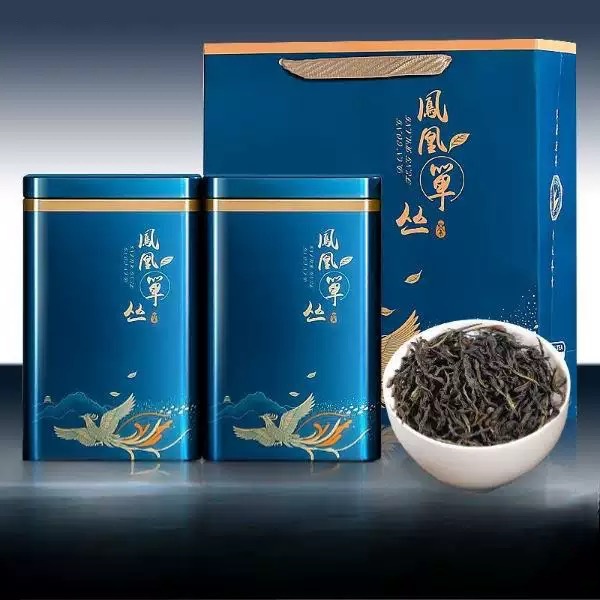
# The Cultural Significance of Oolong Tea in China
## Introduction to Oolong Tea
Oolong tea, known as “wūlóng chá” (乌龙茶) in Chinese, holds a special place in China’s rich tea culture. This partially oxidized tea bridges the gap between green and black teas, offering a unique flavor profile that has captivated tea enthusiasts for centuries.
## Historical Roots
The origins of oolong tea trace back to the Fujian province during the Ming Dynasty (1368-1644). Legend tells of a tea farmer who discovered the unique processing method after being distracted by a deer, allowing the tea leaves to partially oxidize before finishing the drying process.
Regional Variations
China boasts several renowned oolong-producing regions:
- Fujian Province (home to Tieguanyin and Da Hong Pao)
- Guangdong Province (famous for Phoenix Dancong)
- Taiwan (producing high mountain oolongs like Dong Ding)
Keyword: Oolong Tea in Chinese Culture
## Cultural Practices
Oolong tea plays a central role in traditional Chinese tea ceremonies, particularly the Gongfu tea preparation method. This elaborate ritual emphasizes:
• Precise water temperature control
• Multiple short infusions
• Appreciation of the tea’s evolving aroma and flavor
## Symbolism and Philosophy
The production and consumption of oolong tea embody key Chinese philosophical concepts:
Balance
Oolong’s partial oxidation represents the harmony between yin and yang.
Patience
The careful processing and multiple infusions teach the value of patience.
Connection
Tea drinking fosters social bonds and family unity.
## Modern Significance
Today, oolong tea remains an important cultural export and a symbol of Chinese heritage. Tea houses across China continue to serve as social hubs where people gather to enjoy oolong’s complex flavors while maintaining centuries-old traditions.
